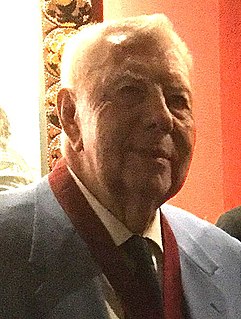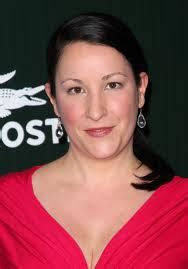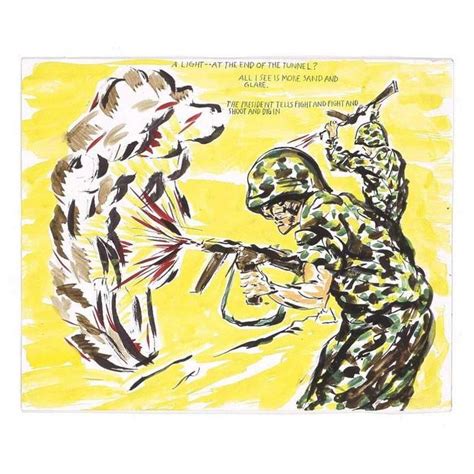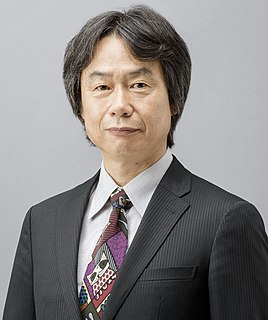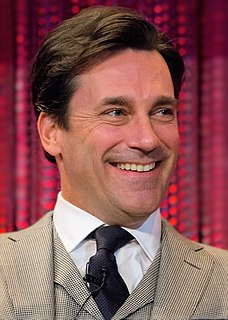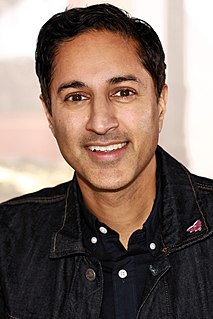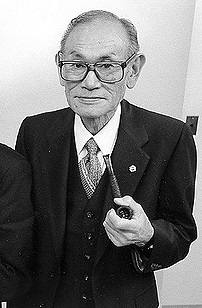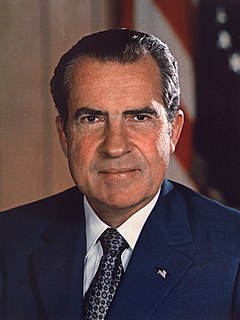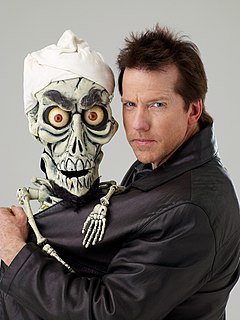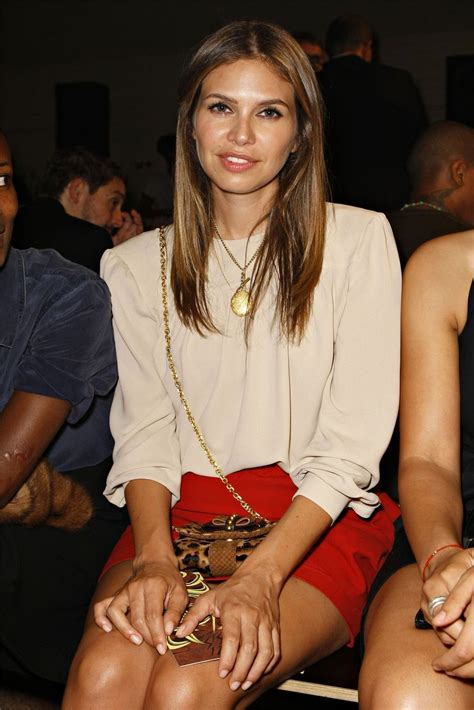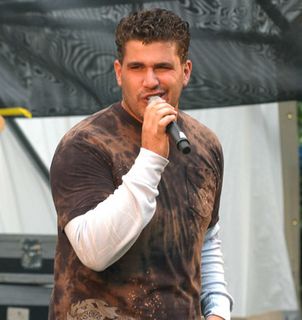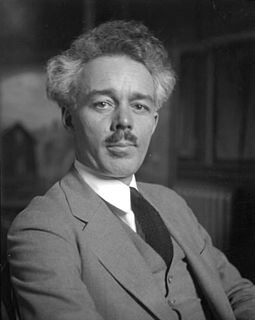A Quote by Mort Walker
None of the established museums were treating cartoons seriously. It was considered a lesser art or no art at all, just a way to sell newspapers. Even the syndicates who were dedicated to the cartoons were throwing them out, figuring they had no value after they were printed.
Related Quotes
Trying to use all the existing technologies that were out there wouldn't work for us because none of them were flexible. Everything was rigid in some way, so we had to go on a manhunt, essentially for something that was a viable technology. So it was a good four-months of just designing and figuring out the lights.
My drawing came out of editorial-style cartoons. Music was one thing and art was another, and there weren't really any standards for my art. My work was just drawings. They weren't done with any aspirations of becoming a part of punk scene. They weren't about punk. They were just collections of drawings, some of which I xeroxed and sold.
It's hard to describe to people how terrible it was when you could only watch cartoons at a certain time in your life. But no, I would watch all of them - the Warner Bros. cartoons and the Bugs Bunnys and then the Tex Avery stuff. Looking back on it, they were so incredibly subversive for their time. You'd think, "Oh, they're just making jokes and this or that." But when you watch them as an adult, you think, "Oh no, they were talking about some pretty deep stuff."
Cartoons were very conservative. The country was very conservative. Although the liberals were allegedly in charge for a long time, there was a very acceptable balance what people would talk about in public. And I wanted to stretch those and move further out. And as the civil rights movement began, I started doing cartoons on that and on sit-ins and I was, along with Bill Mauldin, a great cartoonist out of World War II, arguably one of two white cartoonists doing this kind of work, Bill and me.
Fashion has been collected and exhibited for many years. People were picking up clothing of famous individuals, like Marie Antoinette's shoe or Napoleon's hat. That part of the resistance to having fashion in museums had to do with it being associated with femininity, and with the female body. Yet, as early as the 18th century, some people were recognizing that just as you collected art, you, might think about collecting fashion for museums, because it would provide insight into the way people thought about their lives and, and the way they envisioned themselves.
